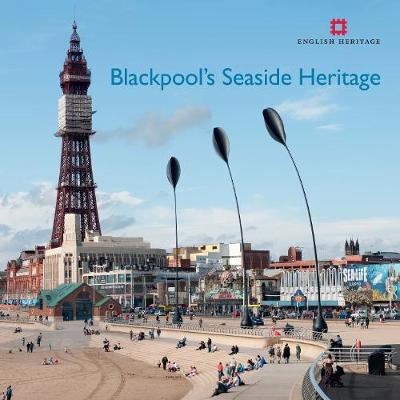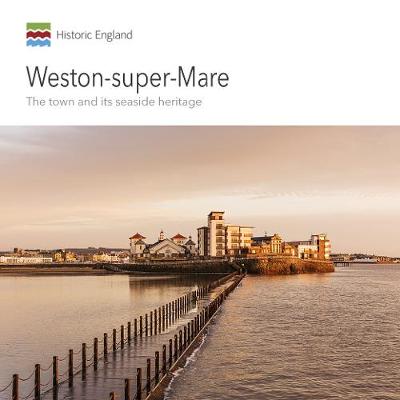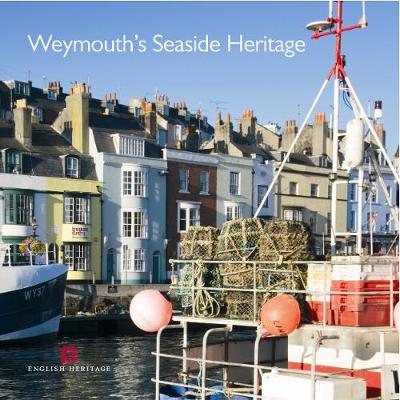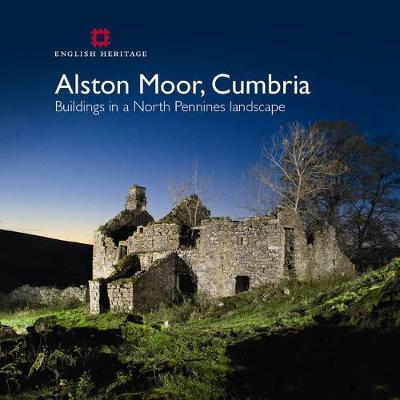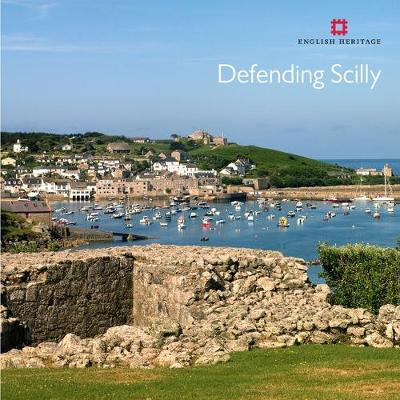Informed Conservation
6 total works
Blackpool is Britain's favourite seaside resort. Each year millions of visitors come to walk on its three piers, ride donkeys, enjoy shows at the Winter Gardens, scream on the thrilling rides at the Pleasure Beach and ride the lift to the top of the Tower. Generations of holidaymakers have stayed in its hotels, lodging houses and bed and breakfasts and all have succumbed to its delectable fish and chips.
Two centuries of tourism has left behind a rich heritage, but Blackpool has also inherited a legacy of social and economic problems, as well as the need for comprehensive new sea defences to protect the heart of the town. In recent years this has led to the transformation of its seafront and to regeneration programmes to try to improve the town, for its visitors and residents.
This book celebrates Blackpool's rich heritage and examines how its colourful past is playing a key part in guaranteeing that it has a bright future.
Weston is not only a busy seaside resort, but a popular place to live. During the 19th century its population rose from around 100 to almost 20,000 and its handful of small, fisherman's cottages became a sea of terraces, crescents and villas constructed using the local stone. A distinctive type of villa emerged in Weston, different from those found at either of its larger neighbours. This was in large part due to Hans Fowler Price, the town's leading architect for more than half a century from 1860 until his death in 1912.
The book celebrates the complex history and colourful heritage of the town. It also looks to the future to examine how its 200-year story might contribute to a prosperous future.
Weymouth's Seaside Heritage
by Allan Brodie, Colin Ellis, David Stuart, and Gary Winter
Margate's Seaside Heritage
by Nigel Barker, Allan Brodie, Nick Dermott, Lucy Jessop, and Gary Winter
Margate has an important place in the story of seaside holidays. It vies with Scarborough, Whitby and Brighton for the title of England's first seaside resort, and it was the first to offer sea-water baths to visitors. Margate can also claim other firsts, including the first Georgian square built at a seaside resort (Cecil Square), the first substantial seaside development outside the footprint of an historic coastal town, the site of the world's first sea-bathing hospital, and, as a result of its location along the Thames from London, the first popular resort frequented by middle- and lower-middle-class holidaymakers.
It is unlikely that Margate will ever attract the vast numbers of visitors that flocked there in the 19th and early 20th centuries. However, with growing concerns about the environmental effects of air travel and a continuing awareness of the threat of excessive exposure to the sun, the English seaside holiday may enjoy some form of revival. If Margate finds ways to renew itself while retaining its historic identity, it may once again become a vibrant destination for holidays, as well as being an attractive place for people to live and work.
This publication presents an informed account of Alston Moor's vernacular buildings from their earliest survival onwards, and sets them within their regional and national context. It explores how houses of various types combine with a rich legacy of public and industrial buildings to create places of distinctive character. It takes a whole-landscape view of the area, relating its buildings and settlements to the wider patterns of landscape evolution resulting from agricultural and industrial activity and the development of communications.
This unrivalled survival was due to the lack of pressure to develop the islands and happily because the feared enemy rarely attacked. However, there is another threat to this precious heritage, the power of the sea. William Borlase in the mid-18th century recorded how much of the islands' history had succumbed to rising sea level, and today increasingly turbulent weather patterns may be accelerating the process of coastal erosion.
This book celebrates the unique survival of military fortifications on the islands, but it also serves to illustrate the value and vulnerability of the whole country's coastal heritage. Like King Canute, we cannot turn back the sea, but we can celebrate these precious survivals from the colourful history of our island nation.
